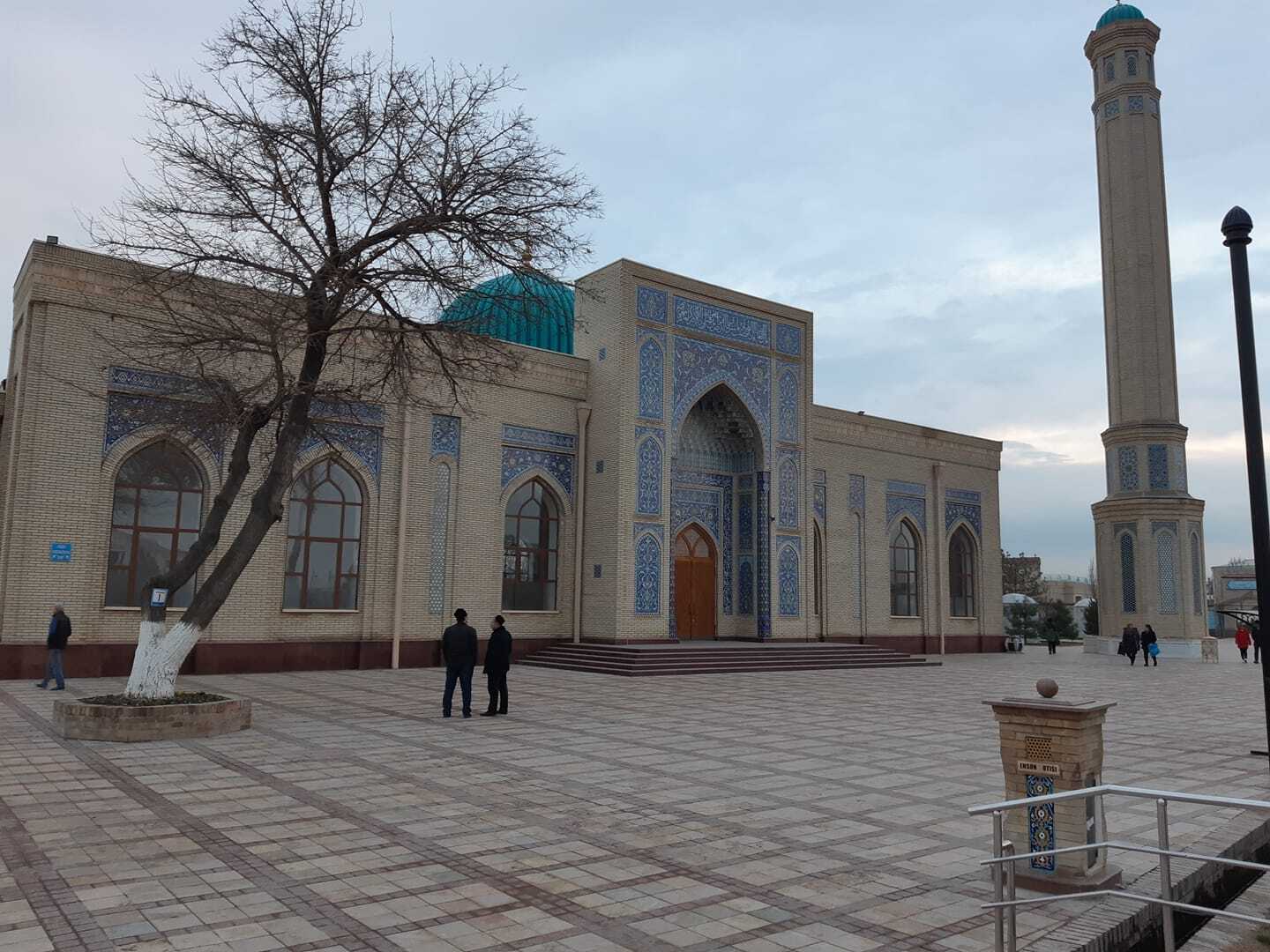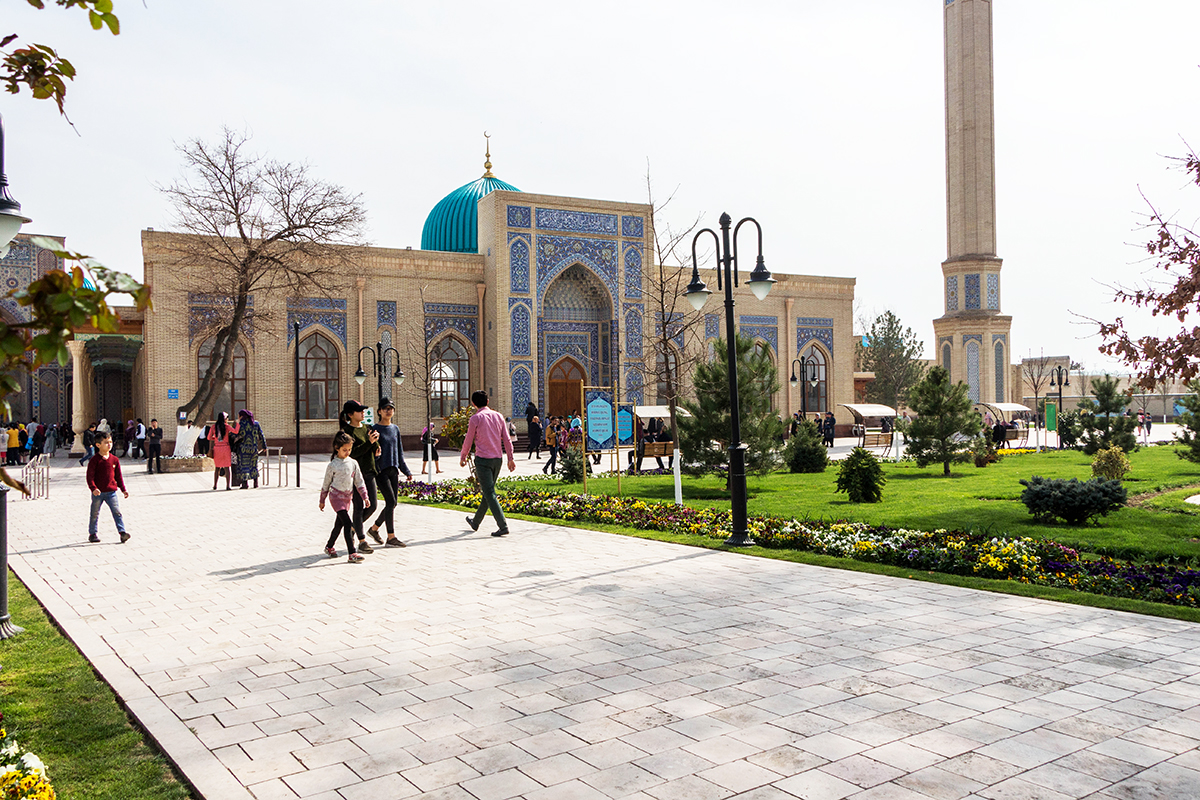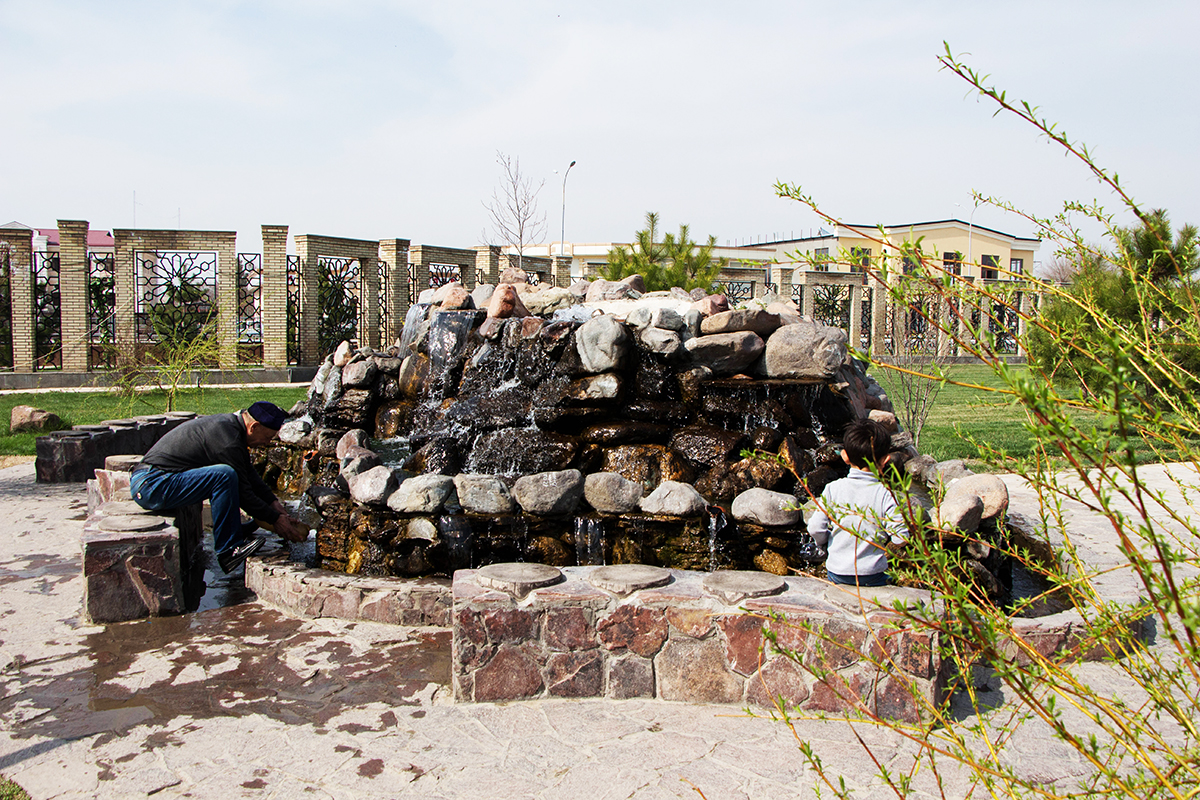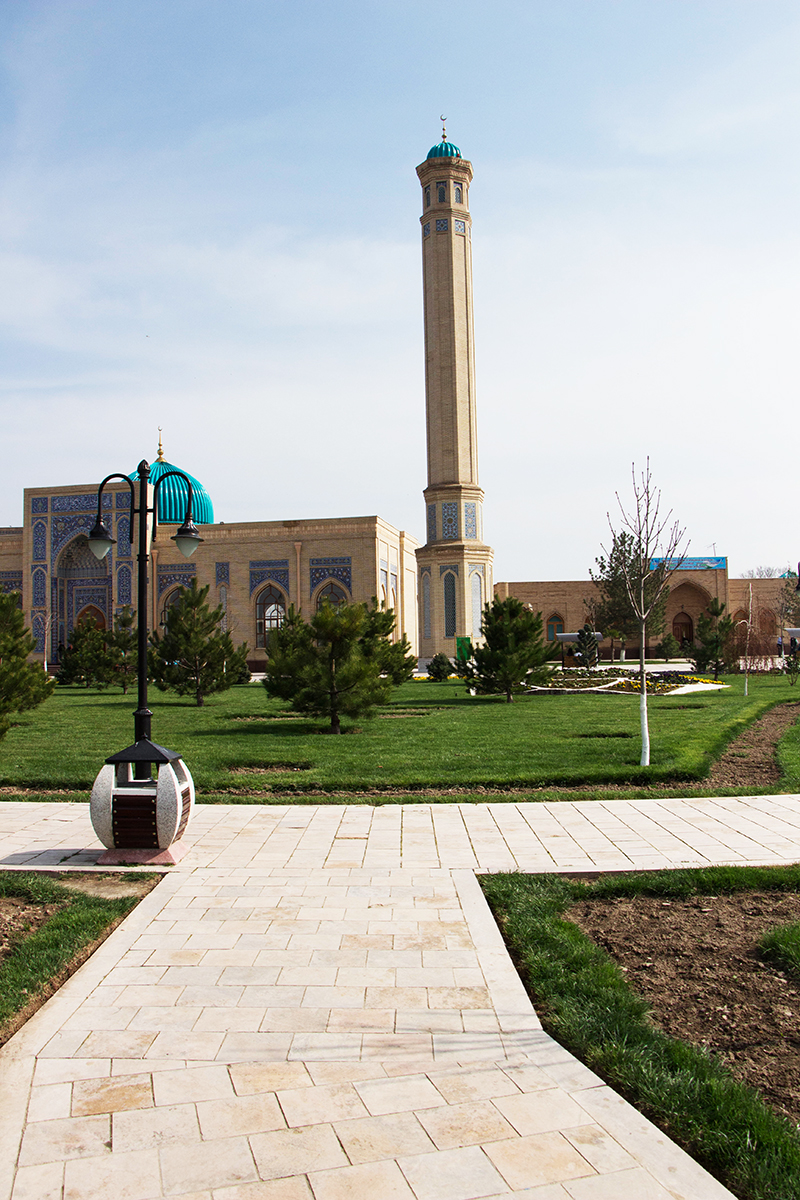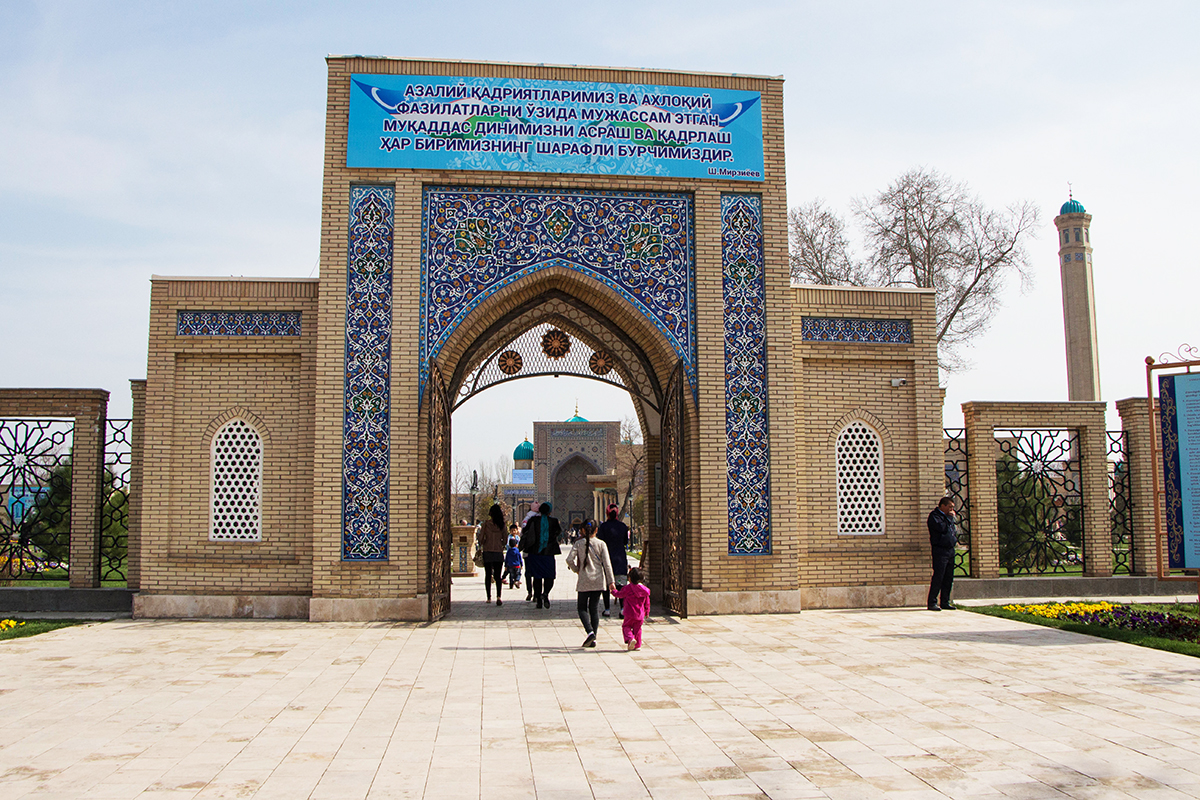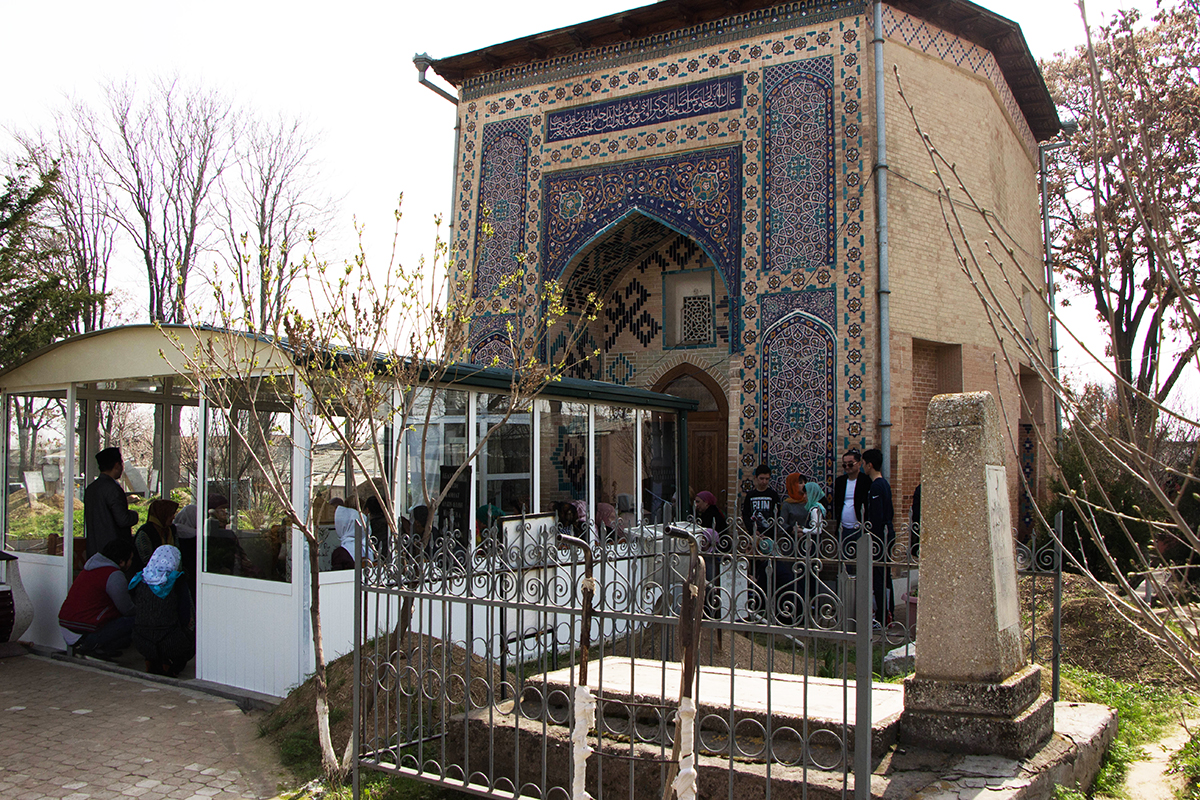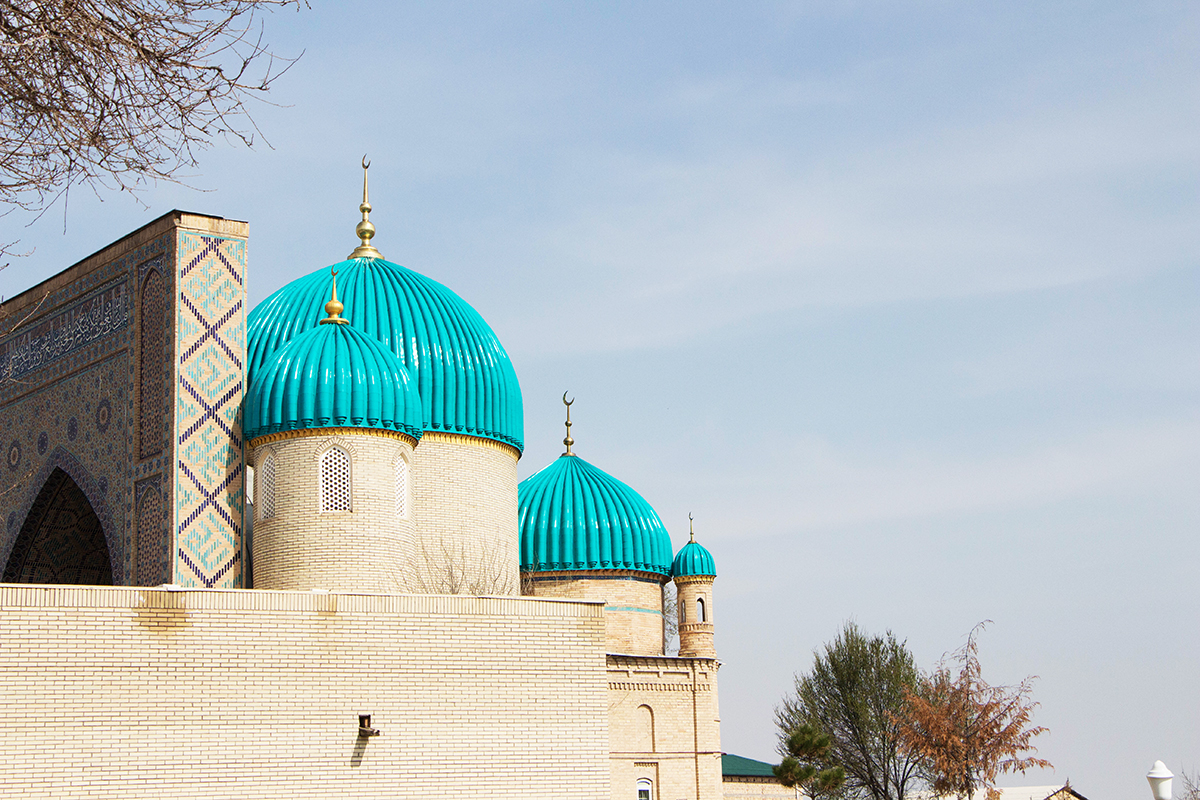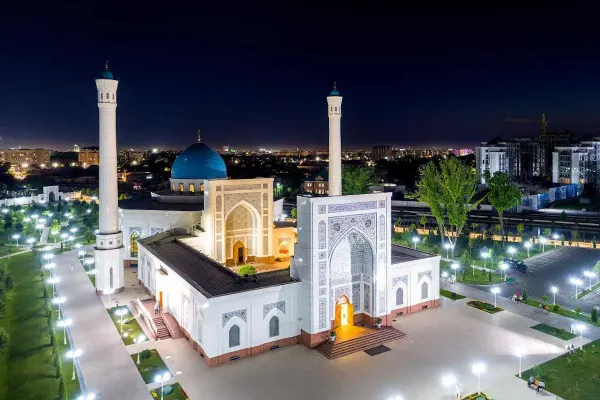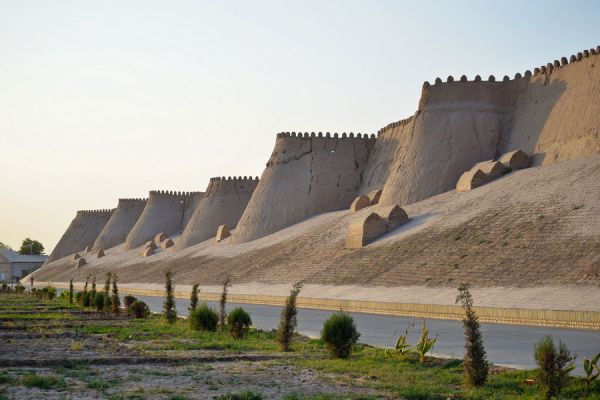The Mausoleum of Zangiat
The mausoleum of Zangiat was built in the XIV-XV centuries and is considered one of the most significant religious sites in Uzbekistan. It is dedicated to Zangiata, a Sufi saint who, according to legend, was a famous preacher and spiritual mentor. The mausoleum has become a place where people come to pray and receive spiritual guidance.
The main features of the mausoleum:
Architectural design: The mausoleum is made in the traditional Uzbek architectural style with elements of Islamic architecture. It is decorated with beautiful mosaics, carvings and ceramic patterns, making it an outstanding example of artistic craftsmanship. Special attention is drawn to the dome of the mausoleum, which towers over the surrounding landscape.
Spiritual significance: The mausoleum serves as a place of worship and pilgrimage for Muslims who come here to honor the memory of Saint Zangiat. According to legend, healing and receiving blessings take place here, which makes it an important place for believers.
Historical value: The mausoleum of Zangiat is an important part of the cultural and historical heritage of Uzbekistan. It is a testament to the rich spiritual tradition of the region and continues to attract the attention of both locals and tourists.
Convenient location: The mausoleum is located in a picturesque area, not far from Tashkent, which makes it accessible to the public. This place has become popular for both pilgrimages and sightseeing trips.
Cultural events: The mausoleum hosts various religious and cultural events that promote spiritual values and traditions among the local population.
The mausoleum of Zangiat in Tashkent is an important spiritual and cultural center. It symbolizes the deep traditions of Islam and serves as a place where people can find peace, spiritual enrichment and hope for healing.
